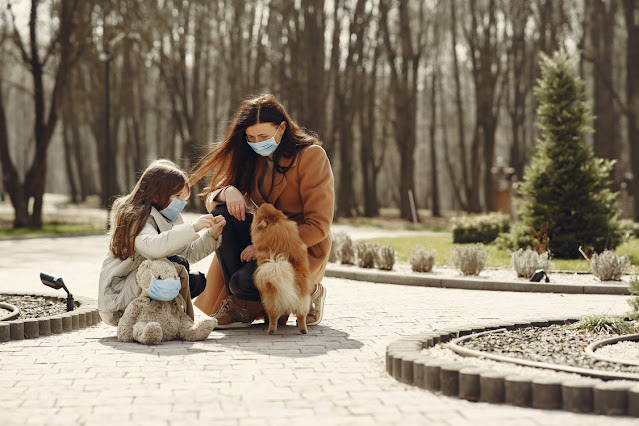Guidelines for Purchasing a Dog Crate
Training a pet to use a best dog crate is becoming a common practice for the majority of today's pet owners. By establishing certain guidelines and implementing a particular course of action, you can assist your dog to quickly become familiar and comfortable using his crate in his new surroundings. This article will present a basic guide for your use in purchasing the ideal and best dog crate for your pet.
One of the many advantages of using a unique dog crate is for transportation purposes. However, the most popular reason for owning a best dog crate is for potty training purposes. Complete and successful crate training can be a somewhat drawn out, involved process, but well worth the effort. Initially, your main focus should involve selecting a suitable huge dog crate for your pet.
The first thing you should consider when buying a dog crate is the size. The proper crate size for your dog depends upon his weight, but more importantly, his height and length. The crate should only be large enough for your pet to be able to stand up and turn around effortlessly. If the crate is too large and your dog has ample space available in his crate, your pet may decide to use part of his crate as his bathroom area.
If you are purchasing a dog crate for a puppy, you should also consider what size crate your dog would need when he is full-grown. As a cost saving measure, you may want to think about buying a larger crate that has the capability of adding dividers. This will allow you to place these dividers in the crate where necessary based on your pet's current size. You will then have the ability of adjusting these dividers whenever needed as your pet matures. This will also eliminate the need to purchase one or more crates as your dog continues to grow to adulthood. In addition, your pet will not need to make any essential adjustments because of the different crates used during his growth years.
There are an assortment of crate designs as well as colors, qualities, and styles that are available for assessment and purchase. It is important that you choose the type of cage that is within your budget and that meets your specifications. In addition, this crate should represent a pleasant place that you know your dog will enjoy and that can be identified as his own cozy space. The options are almost endless from trendy dog crates to standard wire crates to crates that are used specifically for travel. You need to decide what the necessary crate requirements are for you and your dog in order to purchase a suitable dog crate that your pet can use for many years.
One of the most common crates is the wire crate which has a removable tray for easy cleaning, dividers available for adjustment during your pet's growth, and either one or two doors for easy entry. These crates also can be assembled, disassembled, and collapsed quickly and efficiently. Soft sided crates are becoming very popular now because they are lightweight and more portable. In addition, the material of the soft crate allows your pet to stay cool and comfortable in all types of weather conditions. Another plus for these crates is that they come in a number of colors and designs and can even be considered to be stylish. Plastic crates are also a good choice because they are sturdy and solid, but they also are heavy, bulky, and cumbersome. The new wooden and wicker crates are another type of crate you may want to consider if you are looking for a more permanent type of sleeping area for your dog in your home. They come in several different styles and colors and actually are intended to become part of your home décor.
Once you make the decision to purchase a crate and have brought it into your home, you should begin using it immediately. The crate should be placed in an area that is close to the family's general surroundings so your pet will always feel part of your family. However, your pet does want his privacy and his crate should not be placed in the middle of a room. All associations your dog has with his crate should be pleasant encounters. Never force your dog into his crate; however, you may need to use toys or treats to entice him into his crate during his initial connections with his den like setting. Always provide positive reinforcement when attempting to get your dog to use his crate. Be consistent with any rules you have established for training your dog when using his crate. If your dog begins to whine or bark in his crate, be firm with your dog. If you decide to follow the best practice recommendations for this particular dog behavior, it is usually recommended that you do not allow your pet out of his cage during this time frame. If you reward this type of bad behavior, your pet will be receiving mixed instructions and he may become confused.
By maintaining an optimistic attitude and following through with consistent and firm training parameters, your dog will soon understand the intended purpose of his crate and quickly learn to enjoy his own private space. A high quality crate should last the life time of your pet and serve him well as a safe and secure space within his family surroundings.




Comments
Post a Comment